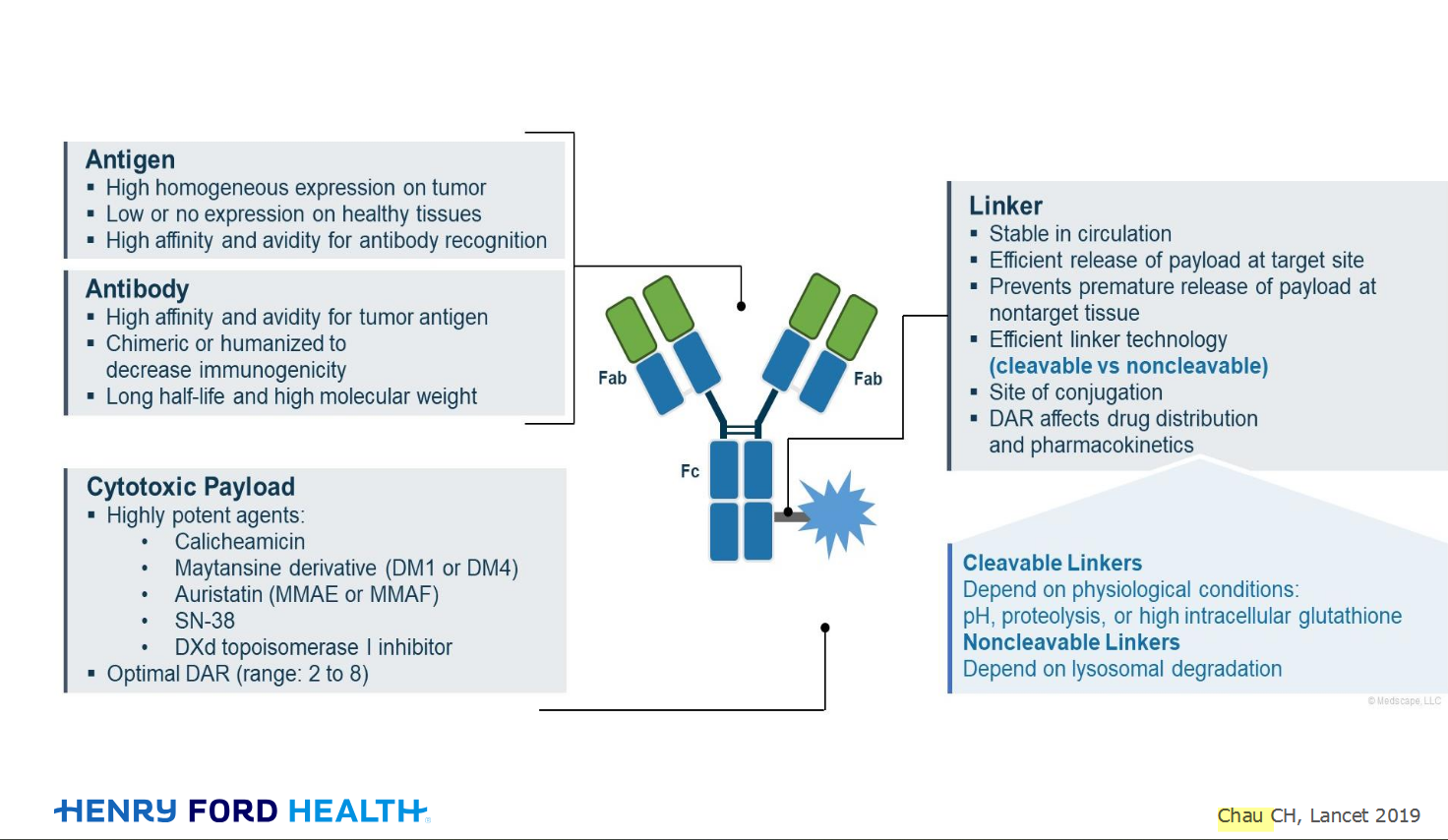Welcome!
Welcome to the new CancerGRACE.org! Explore our fresh look and improved features—take a quick tour to see what’s new.
We've established that bone metastases are common, and now we'll talk about approaches to manage pain that often accompanies them. As I mentioned previously, sometimes a metastases occurs in a weight-bearing bone, in which case we often recommend a prophylactic surgical procedure to stabilize the bone at risk for fracture. Radiation can also reduce the risk for fracture and improve pain.
Aside from the risk of fracture, reducing pain is an appropriate goal by itself. There are no randomized trials that compare medication to radiation therapy, and either or both can be used. Pain with bony metastases can be caused by many things, but most typically it's inflammation and swelling of tissues on the outer surface of the bone, which can lead the nerves in the periosteum (the membrane on the outside of the bone) to transmit pain. External beam radiation (also known as radiation therapy, RT, or XRT) is often very effective in reducing inflammation and killing living tumor cells in that area. Up to 90% of patients have complete or partial improvement in their pain with XRT, and about half of the responding patients have complete relief of their pain (Hoegler summary abstract here). While radiation to a painful metastasis has often been given historically as daily fractions Monday-Friday for 2-3 weeks, recent studies have demonstrated that even a single-day radiation treatment can provide the same degree of pain relief 3 months later, although the single-day treatment had a higher likelihood of needing to re-treat the area, and no differences in survival or likeliood of a later pathologic fracture (Hartsell randomized comparison study, abstract here; summary "meta-analysis" abstract here). The more recent trial, with the abstract above, focused on patients with breast or prostate cancer but would presumably be equally applicable to metastases from other cancers. Overall, multiple trials have shown that a short course of 1-5 "fractions" of radiation can achieve comparable pain control and overall results as longer courses of radiaion. There can sometimes be more side effects to surrounding tissues if a single treatment or just a few are done, so this is a particularly appealing for metastases to extremities, where internal organs are not included in the radiation field.
Although it's rarely done, there was actually a study that demonstrated that patients who received steroids in combination with XRT had more rapid and prolonged pain relief than the patients who received XRT alone (Teshima abstract here). Steroids do have acute and chronic side effects, including overall bone loss. Overall, this isn't commonly practiced, but it's a reasonable option.
There are several additional approaches for the common problem of bone metastases, so I'll continue on this topic next time.
Please feel free to offer comments and raise questions in our
discussion forums.
Dr. Singhi's reprise on appropriate treatment, "Right patient, right time, right team".
While Dr. Ryckman described radiation oncology as "the perfect blend of nerd skills and empathy".
I hope any...
My understanding of ADCs is very basic. I plan to study Dr. Rous’ discussion to broaden that understanding.

An antibody–drug conjugate (ADC) works a bit like a Trojan horse. It has three main components:
Bispecifics, or bispecific antibodies, are advanced immunotherapy drugs engineered to have two binding sites, allowing them to latch onto two different targets simultaneously, like a cancer cell and a T-cell, effectively...
The prefix “oligo–” means few. Oligometastatic (at diagnosis) Oligoprogression (during treatment)
There will be a discussion, “Studies in Oligometastatic NSCLC: Current Data and Definitions,” which will focus on what we...
Radiation therapy is primarily a localized treatment, meaning it precisely targets a specific tumor or area of the body, unlike systemic treatments (like chemotherapy) that affect the whole body.
The...

Welcome to the new CancerGRACE.org! Explore our fresh look and improved features—take a quick tour to see what’s new.
A Brief Tornado. I love the analogy Dr. Antonoff gave us to describe her presentation. I felt it earlier too and am looking forward to going back for deeper dive.